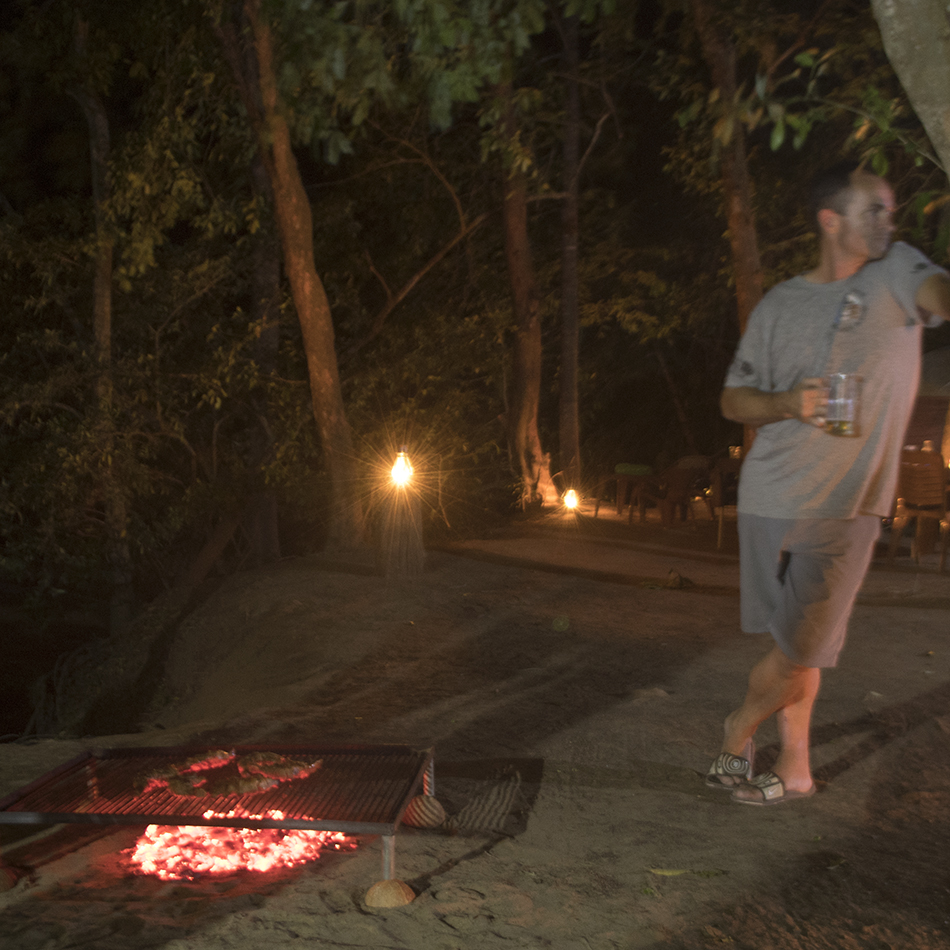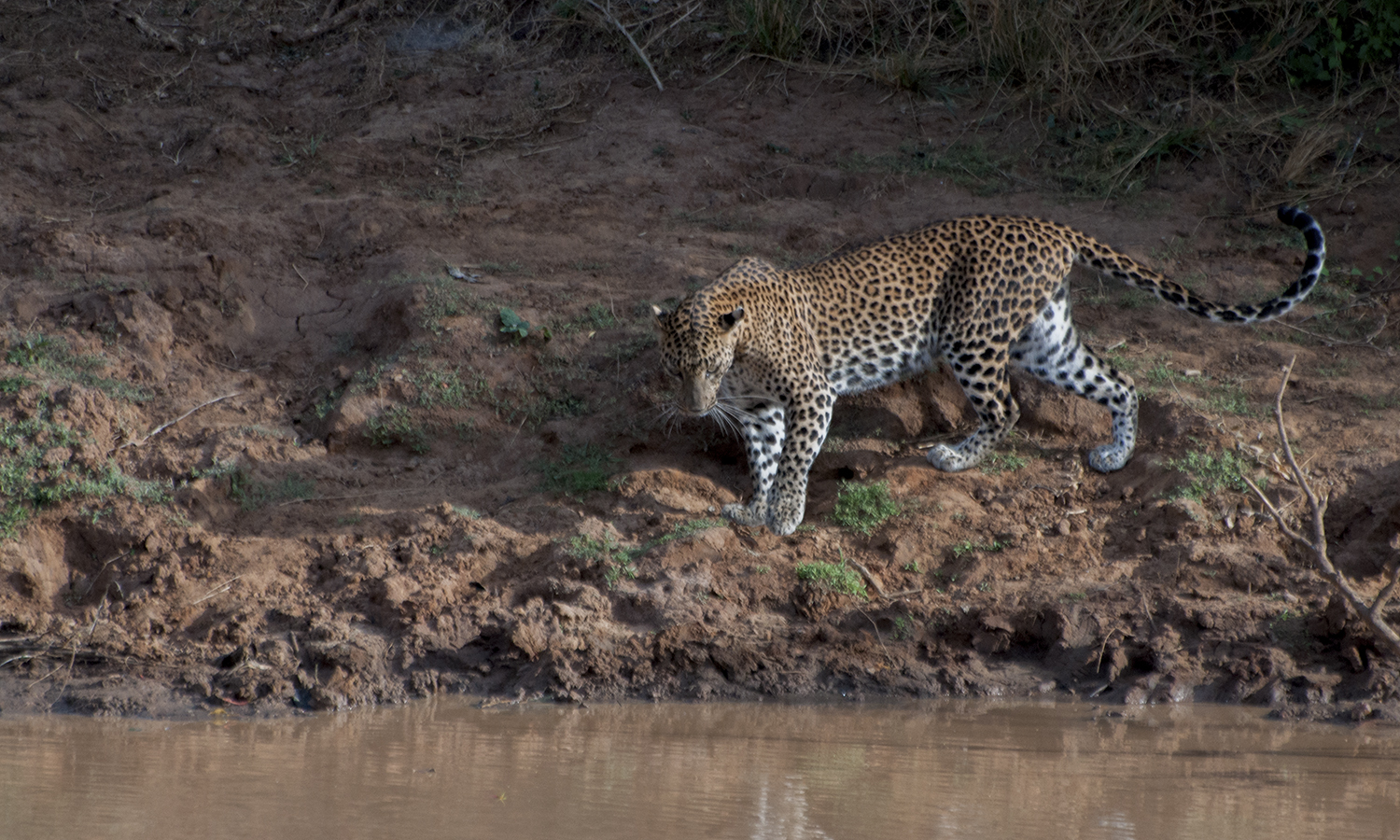About leopard safaris
About leopard safaris
Background - The leopard as a tourism attraction
As is no longer a secret, one of the components that makes Yala unique for wildlife safari tours is the great prospect to observe leopards.
In fact, the leopard as a big thing is a quite recent phenomenon in Sri Lanka. It was not always like that.
Only since around 2005 the consciousness surfaced that Yala in global comparison offers exceptionally good chances to observe leopard. It is even a claim that the density of this big cat specie is among the highest in the world.
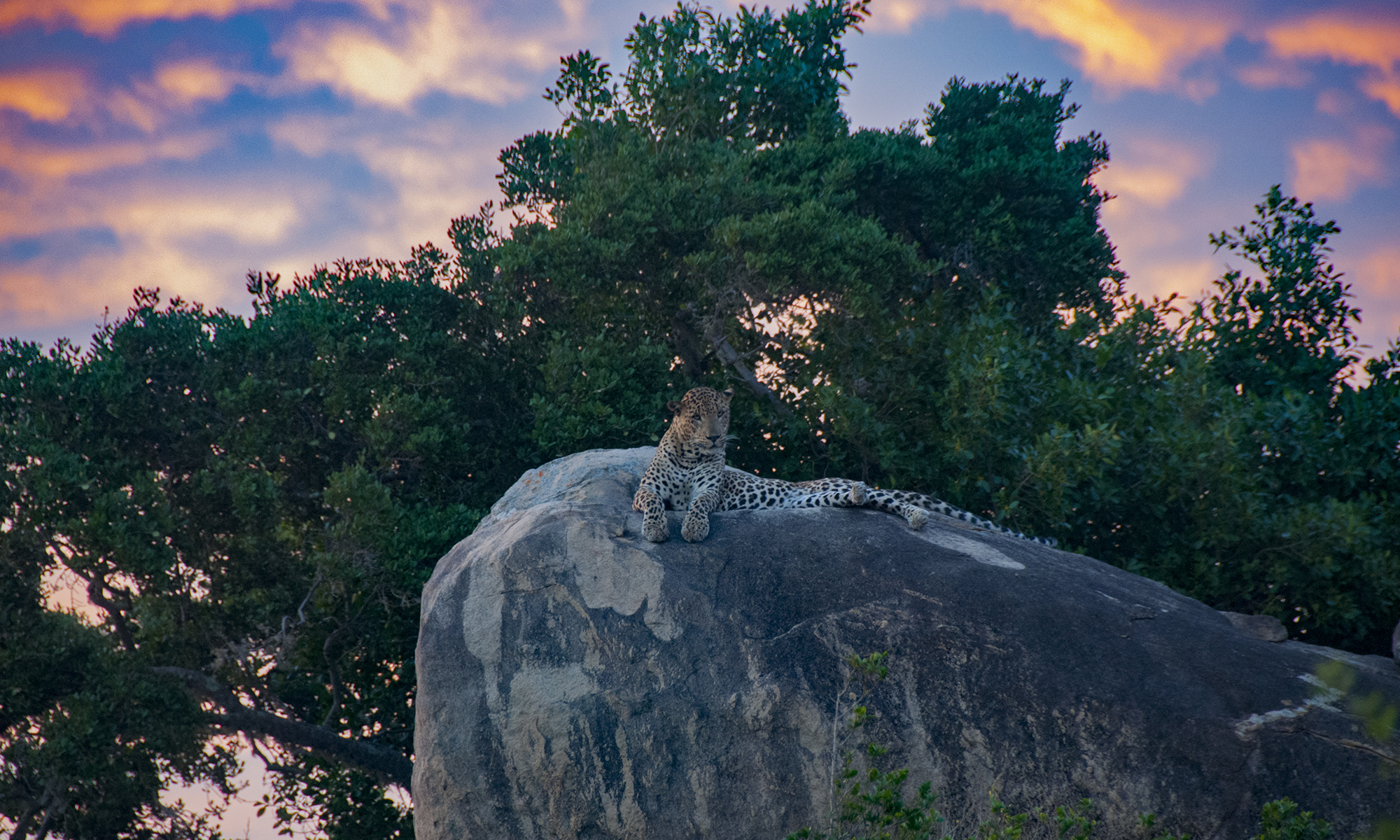
In recent, years ‘Yala’ increasingly became a word that signifies prime leopard spotting habitat. A feature that is certainly of special interest for wildlife lovers and photographers. This development and branding has also generated higher numbers of a ‘general’ type of visitor doing a safari because Yala has come high on the bucket list of attractions to visit in Sri Lanka.

Unique density of leopard population
We know how ‘high’ one can get from the kick of leopard spotting. We share this passion. However, we also want to push for a widening of the focus, and we have it in mind that Yala National Park is so much more than leopards only.
Despite our good intentions and responsible thinking we still try to find the leopard. Whatever said, spotting a leopard is an ultimate safari highlight. Whenever an option we spend more time with the sightings but not always if there more jeeps around.
Often we advice to wait at certain spots; this can happen in a dialog with the clients of course. Water holes can be productive places to wait but it can also be anywhere we come across signs of the presence of a leopard. The signs can be leopard paw marks or alarm calls made by spotted deer, samhar deer as well as the grey langur and toque-mackaque monkeys.
It is thought that there are around 40 adult leopards in the 140 square kilometer Block 1 of Yala. A number that is likely to reflect the maximum density which is possible for leopard given their particular social and solitary behavior.
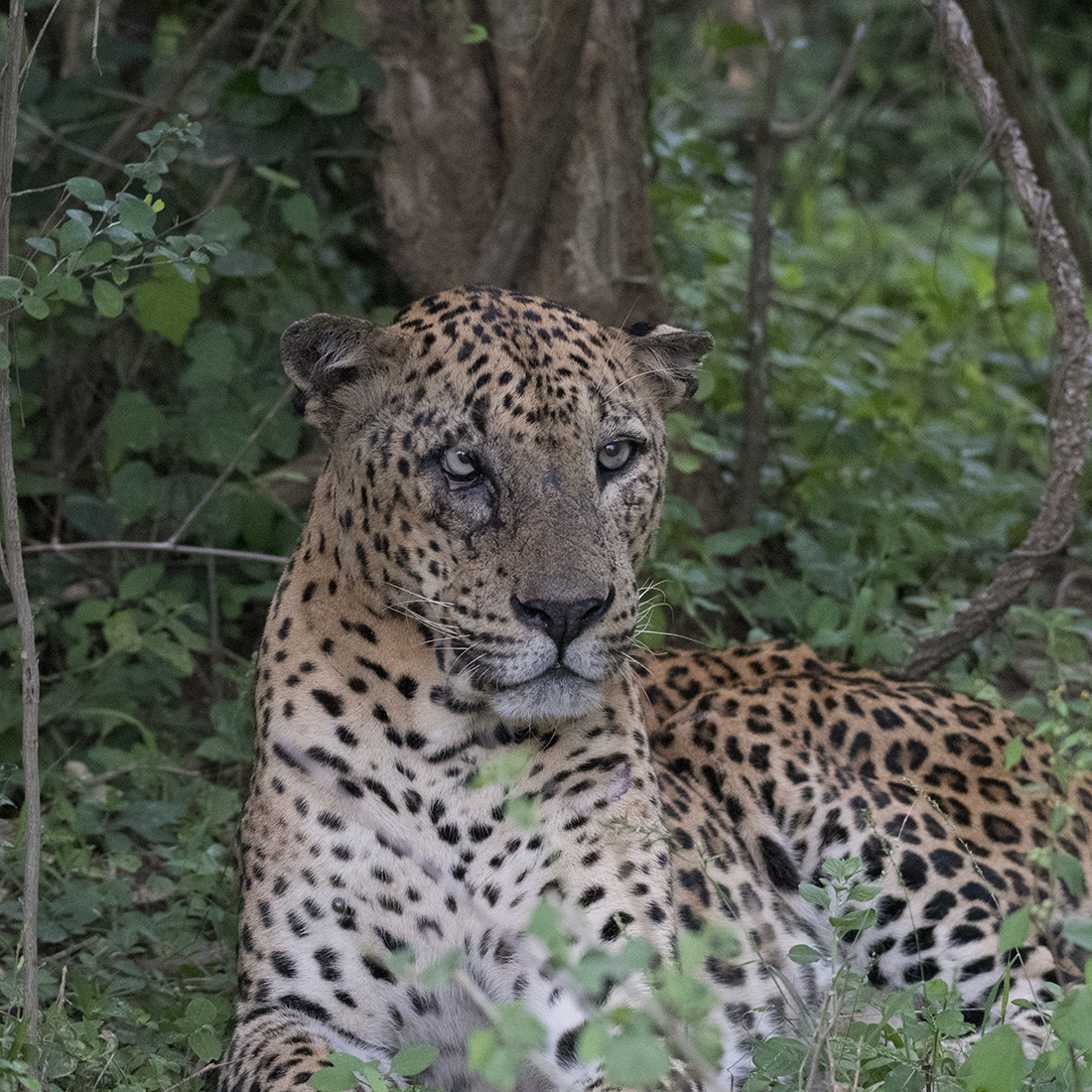
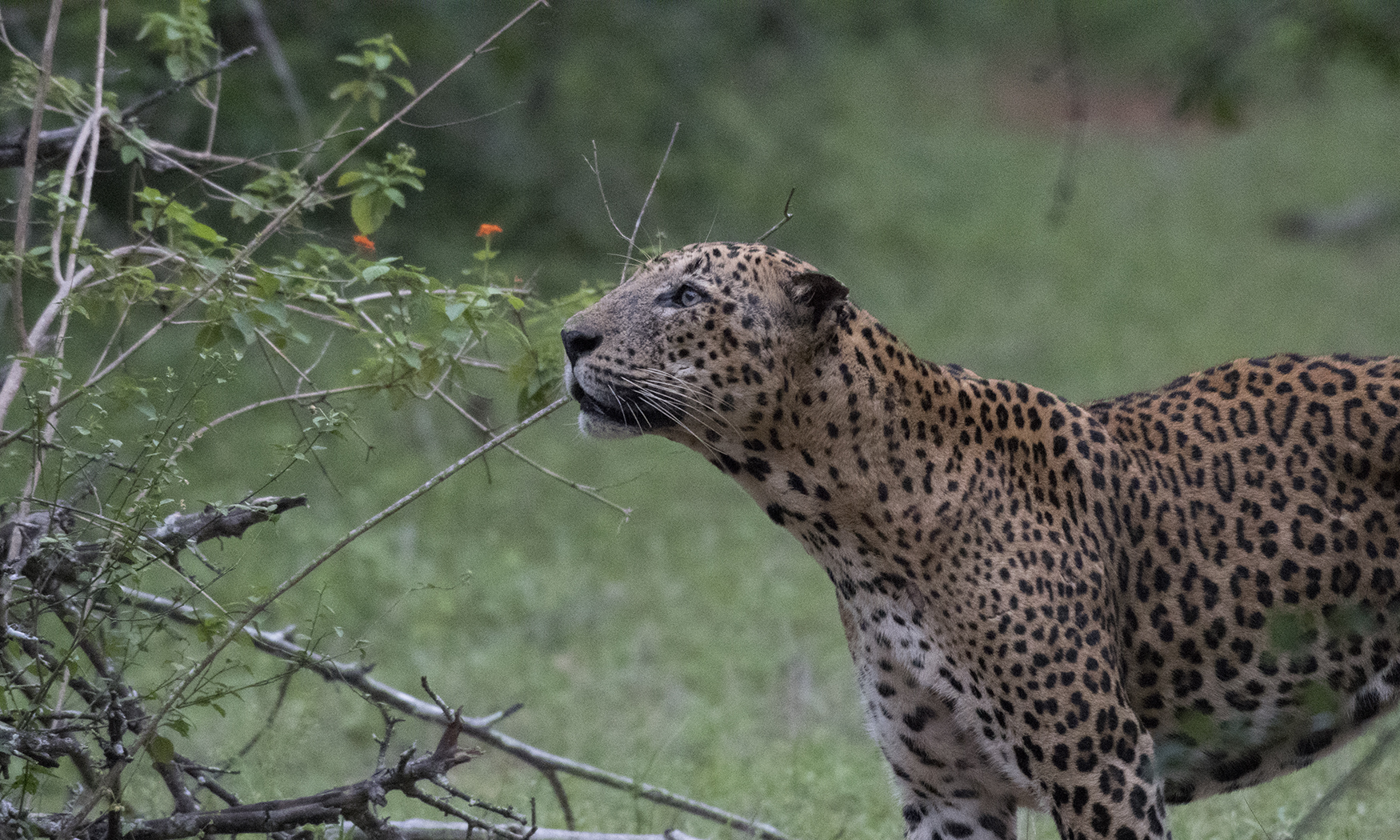
High density of leopard facilitates sightings but another factor is even more helpful. That is the status of leopard in the wildlife hierarchy, the scenario that the leopard is apex predator which is the background for a less elusive behavior. The Sri Lankan leopard will often act as if it is a prominent animal and be quite careless of safari jeeps. Meaning more sightings.
As a very general and average rule of thumb indication we can say that the chance, for each drive, to spot a leopard is 50/50 which is supposed to be a great statistical chance on a three hours safari drive.


Yala is so much more
Apart from leopard watching, Yala National Park is attractive for safari becauseof the frequency of wildlife sightings – especially in Block 1 of Yala. If you are open for it, there are loads of birds and various creatures and critters to fill the time between leopard sightings!
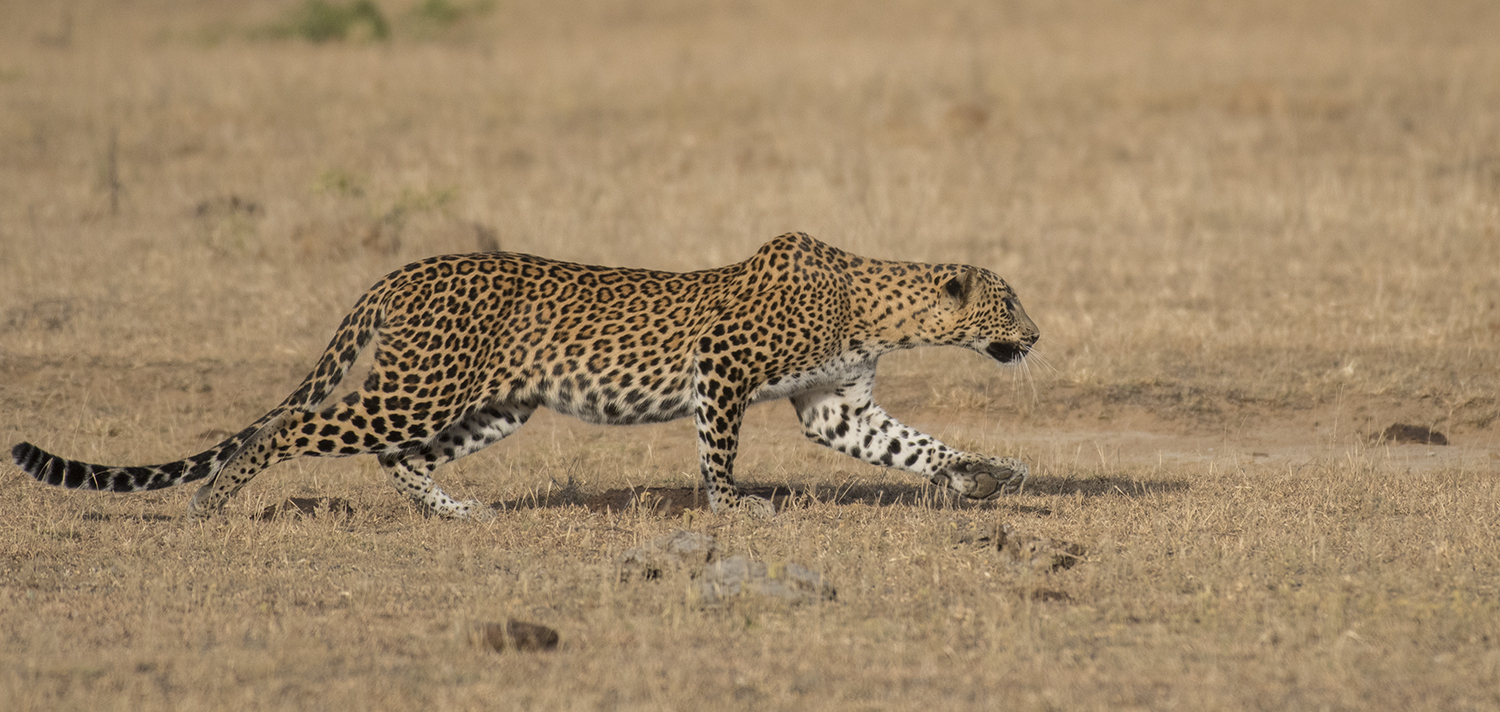
The national park provides habitat for a quite large population of elephants … even though not all of them are in Block 1. However we do come across elephants and most of the elephants here are quite used to safari jeeps; they let us observe them. They don’t flee and disappear like elephants would do without experience with safari jeeps. But our behavior is still essential and we and the animals get a better experience if we are quiet and respectful.
Yala is also the best place to observe other species of wildlife such as sloth bear, mugger crocodiles, wild buffalo, jackal, spotted deer, sambhar as well as an abundance of bird life including a lot of water birds around the lagoons as well as the ‘tanks’ – the manmade lakes.
